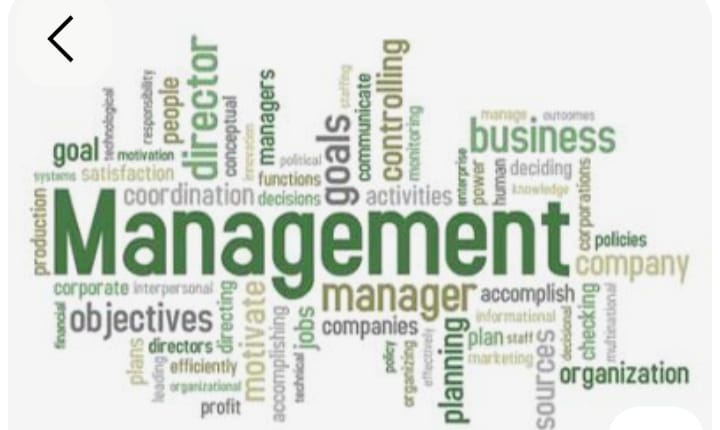
Industrial Organization Management in fashion design is the strategic planning, coordination, and oversight of all processes required to turn a designer's creative vision into a commercially viable, high-quality product for the market. It applies management and industrial efficiency principles to the inherently creative and fast-paced fashion industry.
The main goal is to ensure that products are created effectively, economically, and on time to meet demanding fashion schedules and quality standards.
Key Components
Industrial Organization Management integrates creative and business functions across the entire product lifecycle:
-
Design Management and Product Development: This involves strategically managing the design process, from market research and trend forecasting to technical design, pattern making, and initial sampling. It ensures design aligns with market demand and production capabilities.
-
Material Sourcing and Procurement: Efficiently managing the selection, purchasing, and timing of all raw materials (fabrics, trims, etc.) to balance cost, quality, and sustainability.
-
Production Planning and Control: This is the core industrial function. It includes scheduling the manufacturing process, allocating resources (labor and machinery), optimizing factory layouts for efficiency, and monitoring progress to ensure production targets and deadlines are met.
-
Quality Assurance (QA) and Control (QC): Establishing and enforcing rigorous quality standards at every stage, from inspecting raw materials to the final inspection of finished garments, to minimize defects and maintain brand reputation.
-
Supply Chain and Logistics: Coordinating the efforts of various groups—designers, merchandisers, suppliers, manufacturers, and distribution partners—to ensure the finished product moves smoothly and quickly from the factory floor to the retail environment or customer.
Core Management Principles
To navigate the fashion industry's unique challenges (volatility, high variety, and short product cycles), Industrial Organization Management often employs concepts like:
-
Lean Manufacturing: Principles aimed at eliminating waste (overproduction, excess inventory, waiting time) and continuously improving processes to boost productivity.
-
Just-In-Time (JIT): A system for minimizing inventory costs by ensuring raw materials and components are received only when needed for production.
-
Technology Integration: Utilizing tools like Product Lifecycle Management (PLM) software, 3D modeling, and Enterprise Resource Planning (ERP) systems to enhance collaboration, planning, and control across global supply chains
- Teacher: Admin User

